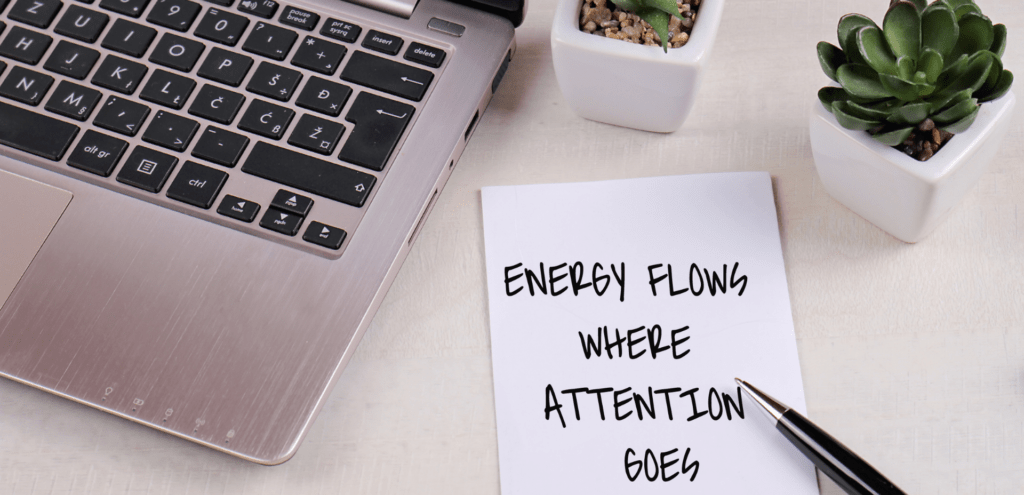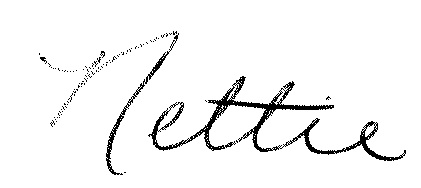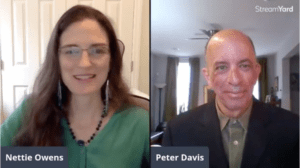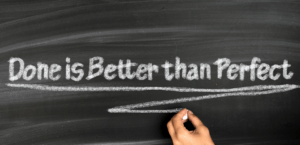
It’s been a LONG two years since the global pandemic began, and if you are anything like me, you have experienced the weight of constant worry and decision making. To combat the worry and endless decisions to be made, you may have tried relaxation techniques to try to help you through these difficult times. I know I have.
I have tried using things like calming tea, long hot baths, visualization, etc. And while these have felt good, and they also have calmed me down, there may have been another path that is even better for my (and your) health and goal achievement.
In January, my husband and I started participating in a program called Optimize.me offered by Brian Johnson with the Heroic Company. (You can check it out for free or join their Optimize Coaching program. I am not an affiliate, but I really like what they share!) What I am learning is that we need energy to do the work of the things we have set out to do.
Seems like a no-brainer, right?
So, why is “calm down” the advice we’re often given? And is it the right advice?
But when things get busy, and there are a lot of tasks and stressors ahead, the advice we have often received is to “calm down.”
However, through Optimize, I learned about Gabriele Oettingen’s book, Rethinking Positive Thinking. In this book, she shares research that confirms the positive effects of thinking about our goals being actualized.
So, yes, when we are calm about our goals, we lack the energy to actualize them. So maybe “calming down” is not truly a good thing – even though it sounds as if it is.
Gabriele says, “More often than not, we are the exact opposite of electrified. It never ceases to impress me that we can measure a decline in energy and motivation almost instantly after a fantasy of wish-fulfillment passes through a person’s mind.” She goes on to say, “By fooling our brains into thinking we’re already successful, we lose motivation and energy to do what it takes to actually become successful.”
Her research has shown that right when we need the energy to actualize our goals, we put ourselves into a state of calm, such that we lose motivation and energy to do the work.
Ack!! That is not the effect we were going for.
However, there is a solution to this problem, and it is a return to conversations we had in the Momentum CEO Network a few weeks back related to The Obstacle Is the Way by Ryan Holiday – about turning adversity into challenge.
When we look at the difference in where we are from where we desire to be, Oettingen calls this mental contrasting; this, in turn, creates an impetus to act.
What does increasing energy and motivation in your work look like?
Now you may be wondering what increasing your energy and motivation in your work looks like – and it can actually manifest in a few different ways.
- Seeing your vision and contrasting it to your current reality to get excited about what needs to be done to get there
- Working with your body to get blood flowing and your heart rate up to literally energize yourself
Last week, as I was standing in front of a display of teas at Target and looking for the Stress Relief tea, that’s when Oettigens’ ideas made their way back into my awareness. Immediately, I was struck with the idea that I did not need stress relief or calm, but instead, I required more energy.
Images from my days as a runner flooded my mind.
When I was in high school and college, I ran on the cross country and track teams. When preparing for a race, I would visualize the race the night before – seeing myself move through the course confidently, breathing, navigating the other runners, increasing my speed, handling the turns, etc. And on the day of the race, I would not calm myself down. Instead, I would work to get my heart rate up. I would warm up, and on the starting line, I would do a series of jumps and sprints to get my heart going ahead of the gun going off.
I left the tea on the shelf and was determined to add more opportunities to get pumped up into my workday. There was a time I would do jumping jacks in between segments of work. I decided to add these back in.
- Acknowledging your body’s response to stress as helpful to getting your work done and addressing the challenge at hand
And last, change your belief about the stressors and activities that you have in front of you. Kelly McGonigal, in her TedTalk, “How to Make Stress Your Friend,” and her book The Upside of Stress, shares that it is not stress but your belief about stress that is most deadly. In fact, the study she cites shows that believing stress is deadly is the 15th most frequent cause of death. How do we use this to energize and motivate our work?
She shares when you feel your body’s response to stress, acknowledge that your body is physically preparing to meet the stressor. When you do so, the negative effects of stress are negligible. Just saying or thinking, “I can feel my heart pumping and my brow sweating because my body is preparing me to get this project done on time,” is enough to meet stress in a healthy way that focuses your energy and sidesteps the negative effects – even strengthening your heart. (Go watch her TedTalk now – you won’t be sorry!)
- Take breaks to fully disconnect and recharge
And returning to the athlete experience, equally crucial to maintaining the energy to run the race, we need time for recovery. There was never a time when I would run a race two days in a row. Always, the team had recovery days that looked like either a complete day off from running, a shift to another type of exercise, or a more relaxed pace in a new environment. For all the times that you get your energy up to do the work, you also need to have equal amounts of rest to recover.
To summarize:
Increasing energy and motivation to your work can look like:
- Seeing your vision and contrasting it to your current reality to get excited about what needs to be done to get there
- Working with your body to get blood flowing and your heart rate up to literally energize yourself
- Acknowledging your body’s response to stress as helpful to getting your work done and addressing the challenge at hand
- Taking breaks to fully disconnect and recharge
So, managing your energy is not always about “calming down” or unwinding or relaxing – although breaks definitely have their place. Sometimes it’s about getting energized, excited, and knowing that the stress you’re experiencing is your body’s way of helping you meet the challenges you’re facing.
If you love exploring these ideas and would like to talk about them and how they apply to your business, join us for a CEO Networking Meeting where we explore big ideas while expanding our network.
Already a member of the Momentum CEO Network? Click here to login and register for the next meeting.
Please leave a comment below, I would love to hear from you.















No comments yet.